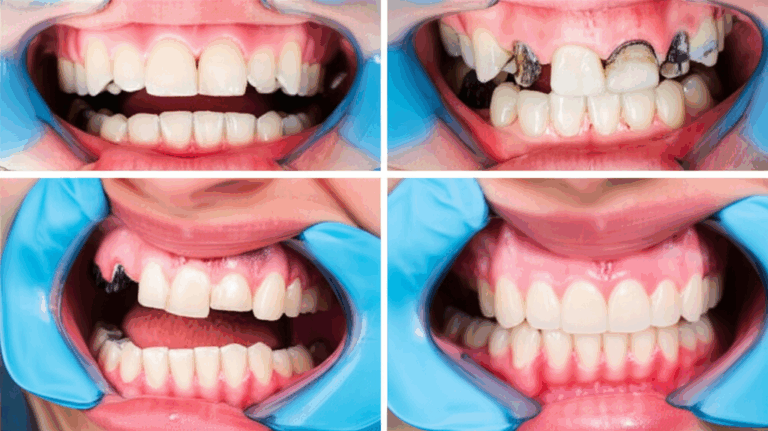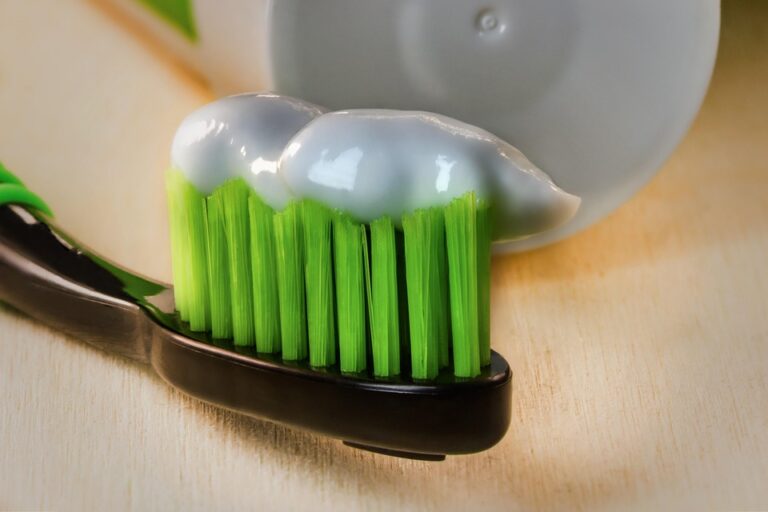
How Much Do Snap-In Dental Implants Cost
Thinking about snap-in dental implants but worried about how much they cost? You’re not the only one—it can really feel confusing. I’ve gone through it myself, talking to dentists and spending lots of late nights reading about prices. This article shows you what snap-in dental implants really cost, why prices are so different, and ways you can make a good choice for your teeth and your wallet.
You’ll see where your money goes, what can make the price higher or lower, and some ideas to help you keep the cost down. Give me a few minutes and you won’t have to guess about what you’ll pay for your smile.
Article Outline
- What Exactly Are Snap-In Dental Implants?
- Why Are People Choosing Snap-In Implants Over Traditional Solutions?
- What Factors Influence the Cost of Snap-In Dental Implants?
- How Much Do Snap-In Dental Implants Typically Cost?
- Are There Hidden Fees to Watch Out For?
- Does Insurance Cover Snap-In Dental Implants?
- Can I Save Money by Going Overseas or Using a china dental lab?
- What’s the Difference Between Zirconia, Emax, and 3d dental lab Components?
- How Can I Budget for My dental care Without Sacrificing Quality?
- What Should I Ask When Getting a Quote for Snap-In Dental Implants?
- Are There Any Financing or Payment Options Available for Implants?
- Is the Long-Term Investment Worth It?
- Key Takeaways & Things to Remember
What Exactly Are Snap-In Dental Implants?
Let’s go over the basics. Snap-in dental implants, also called overdentures or implant dentures, mix together the strong hold of implants with the feel of dentures. Normal dentures can move around or slip, but snap-ins use a few metal rods set in your jawbone. The denture snaps onto them and stays there while you eat, talk, or sing.
I remember thinking snap-ins sounded too good to be real. I was sick of loose dentures and just wanted to bite an apple without being scared. Snap-in implants let me do all that and made me feel much more confident, almost right away.
If you want strong teeth but don’t want to pay for a full row of single implants, snap-in dentures could be the answer.
Why Are People Choosing Snap-In Implants Over Traditional Solutions?
Old dentures work, but let’s be real—they have problems. I dealt with sore gums and the fear my teeth would move when I least wanted them to. Lots of people I talked to said the same thing: they just want teeth that feel real.
Snap-in implants make things better. You don’t need sticky glue. Food tastes better because the roof of your mouth isn’t covered. Snap-ins also help your jawbone stay strong, so your face doesn’t start to look older after a while.
Things have gotten better too—with new 3D dental labs and stronger materials, snap-ins now look and feel like actual teeth. No wonder more people are picking them over regular dentures.
What Factors Influence the Cost of Snap-In Dental Implants?
It took me weeks to really figure out prices. The cost is different not only in different cities but even at different dentists! Here’s what matters:
The number of implants you need changes the price. If you only need two rods in your jaw, that’s cheaper than four or six. Quality is a big deal too—a fancy zirconia lab will charge more for really nice crowns than a regular one.
Your dentist’s experience also counts. The best implant dentists usually charge more. Plus, the tools they use—like 3D x-rays or computer models—can make things cost more or less.
So, what you pay depends on your mouth, your dentist, the lab, and even the city you live in.
How Much Do Snap-In Dental Implants Typically Cost?
This is the big question. Most snap-in dental implants in the United States cost about $6,000 to $16,000 for one top or bottom set—not your whole mouth.
Why does it cost so much or so little? If you go for just two implants with a basic denture, it’s cheaper. If you add more implants, pick the best-quality materials from a zirconia lab, or go for an emax dental lab for a shinier look, the price goes up.
If you need both top and bottom sets, you’ll pay about $12,000 to $35,000. That sounds huge, I know. But when you think about eating, talking, and smiling like you used to, many people find it worth the price.
Are There Hidden Fees to Watch Out For?
This is where I almost made a big mistake—a “cheap deal” turned out to have lots of extra fees that weren’t shown up front. Don’t let this happen to you!
Some dentists only list the surgery price. Later, you realize you also have to pay extra for x-rays, pulling old teeth, bone fixing, or even the denture. Even the cost of using a certain lab—like a zirconia lab or 3D dental lab—might be added later.
Always ask for a clear, written price list. Don’t skip this, or you might end up paying way more than you thought.
Does Insurance Cover Snap-In Dental Implants?
I wish I could always say yes, but dental insurance hardly ever covers the whole cost. Many plans think of implants as “just for looks,” so they might help you with the denture part, but not the implants.
That doesn’t mean there’s no help at all. Sometimes, insurance will pay a few hundred or maybe a thousand or two for some steps of the process. Medicare and Medicaid almost never help with this.
My tip? Call your insurance and ask them for sure. Don’t just guess or hope—find out what’s really covered before you start anything.
Can I Save Money by Going Overseas or Using a China Dental Lab?
It can sound smart to look for the lowest price, and I saw people travel to other countries or use cheaper dental labs, like a China dental lab. These things can cut the price in half, sometimes more.
But what you save right now can cost you in the future. If you go overseas, it can be hard or even impossible to get help if there’s a problem when you’re back home. A less well-known lab might use lower quality parts, which can mean broken teeth or a denture that doesn’t fit right.
If you’re thinking about a 3D dental lab or ordering something from a different country, check their ratings first. For big dental work, I picked quality instead of the cheapest deal. My smile was worth it.
What’s the Difference Between Zirconia, Emax, and 3D Dental Lab Components?
When my dentist started talking about “zirconia” and “emax,” I got confused. But there really is a difference. Zirconia is very strong, great for people who grind their teeth, and is good for bridges or crowns. Emax materials look more real and shiny, but they aren’t as hard as zirconia.
Lots of places also use a 3D dental lab now, where computers help shape the teeth to fit you better. This can make your teeth last longer and feel more comfy.
In short, zirconia is strong, emax looks the best, and 3D labs help your teeth fit and feel great. Ask your dentist which one is best for you.
How Can I Budget for My Dental Care Without Sacrificing Quality?
Saving up for snap-in dental implants is like getting ready for a big trip—you have to plan so you don’t get surprised by something you didn’t expect. Here’s what helped me:
First, pick a price range you feel good about. Don’t just go for the cheapest—look for the best results for your money. Ask if the lab they use is known for good work, like a zirconia lab or just a regular one. Get prices from a few places near you and compare what you’re getting.
And don’t forget about aftercare. Regular cleanings and visits for fixing things are part of your future costs.
The best value isn’t always the lowest price, but the best outcome for what you pay.
What Should I Ask When Getting a Quote for Snap-In Dental Implants?
Never take “maybe” or unclear answers. Here are the important questions to ask:
- Is this price for everything—surgery, lab work, dentist fees, and the denture?
- Which lab do you use—a China dental lab, zirconia lab, or something else?
- Does the price include follow-up visits and changes if needed?
- Will I need extra bone work or tooth removals, and are those included?
- What happens if the snap-in implant breaks or has problems—what guarantee do I get?
In my experience, dentists who answer clearly and quickly are usually the ones who do the best work.
Are There Any Financing or Payment Options Available for Implants?
The good news is you don’t have to pay it all at once. Many dental offices have payment plans, outside financing, or work with programs like CareCredit. I used a 12-month plan with no interest, which let me get implants without using all my savings.
You might also find dental discount plans or special credit cards just for health care. If you pay the full cost up front, some dentists will even lower your bill a little.
Don’t be afraid to ask—almost every office will have some way to help you pay.
Is the Long-Term Investment Worth It?
I worried about snap-in dental implant prices for weeks. Now when I look back, I know it was worth it. I eat, speak, and bite like I used to, with no glue or fear of teeth slipping out at dinner.
Sure, it’s a lot to pay. But when I think about how much better I feel and the years of good teeth ahead, the cost is fair. Lots of people who choose snap-ins say the same thing—life’s too short to keep worrying about dentures.
Key Takeaways & Things to Remember
- Snap-in dental implants give you strong, comfortable teeth—much better than normal dentures.
- Each arch usually costs $6,000-$16,000, with the whole mouth much more.
- The number of implants, your dentist’s skill, and which lab you pick—zirconia lab, emax dental lab, or 3D dental lab—change the final price.
- Watch out for hidden fees—always ask for a full, detailed price up front.
- Dental insurance almost never covers the whole thing, but sometimes helps a little.
- Going overseas or using a china dental lab can save money but may come with problems.
- Ask about payment plans, financing, or discounts before you say yes.
- Great dental care is an investment in your self-confidence and your health.
- Choose a dentist and lab you feel good about—your future happiness matters.
- Take your time, get a few quotes, and don’t be afraid to ask any questions you have.
Use these tips as your guide—I wish someone had given me this kind of list before I started looking for a new smile!








